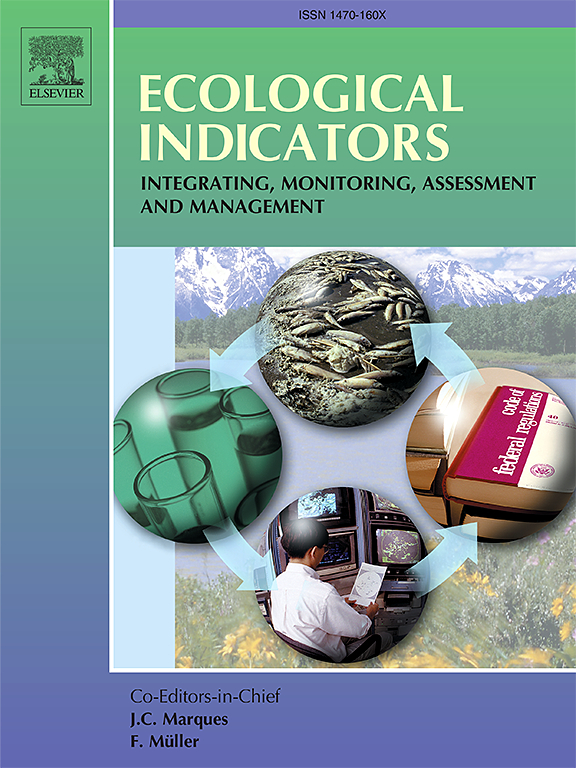Evaluation of China’s rural resource and environmental carrying capacity based on the ZI–CI–GI framework
IF 7
2区 环境科学与生态学
Q1 ENVIRONMENTAL SCIENCES
引用次数: 0
Abstract
Effectively evaluating the carrying capacity of rural resources and the environment, and identifying key factors for its enhancement, are critical for rural sustainability. To meet this objective, a coupling model for rural resource and environmental carrying capacity (RRECC) was constructed using multi-source spatiotemporal data. The model incorporates the zonal division index of resources and environment (ZI), the categorization index of socioeconomic development (CI), and the grading index of population concentration (GI). Spatial autocorrelation and factor contribution analysis were employed to simulate the RRECC of China and identify key factors for enhancing this capacity. The results show that the overall carrying capacity status of China’s rural resources and environment is favorable. Out of 30,055 rural study units, 91.076% are in balance and surplus states, encompassing 90.044% of the population and 66.451% of the land. The carrying capacity exhibits a spatial pattern of higher capacity in the east and south, with significant spatial clustering. The contributions of socioeconomic development and ecological environment protection to carrying capacity are 28.018% and 27.625%, respectively. Therefore, enhancing carrying capacity requires synergistic advancement in both areas. This study advances the evaluation methods for resource and environmental carrying capacity (RECC) in rural areas, providing scientific guidance and support for the realization of the great goal of the Rural Revitalization Strategy.
求助全文
约1分钟内获得全文
求助全文
来源期刊

Ecological Indicators
环境科学-环境科学
CiteScore
11.80
自引率
8.70%
发文量
1163
审稿时长
78 days
期刊介绍:
The ultimate aim of Ecological Indicators is to integrate the monitoring and assessment of ecological and environmental indicators with management practices. The journal provides a forum for the discussion of the applied scientific development and review of traditional indicator approaches as well as for theoretical, modelling and quantitative applications such as index development. Research into the following areas will be published.
• All aspects of ecological and environmental indicators and indices.
• New indicators, and new approaches and methods for indicator development, testing and use.
• Development and modelling of indices, e.g. application of indicator suites across multiple scales and resources.
• Analysis and research of resource, system- and scale-specific indicators.
• Methods for integration of social and other valuation metrics for the production of scientifically rigorous and politically-relevant assessments using indicator-based monitoring and assessment programs.
• How research indicators can be transformed into direct application for management purposes.
• Broader assessment objectives and methods, e.g. biodiversity, biological integrity, and sustainability, through the use of indicators.
• Resource-specific indicators such as landscape, agroecosystems, forests, wetlands, etc.
 求助内容:
求助内容: 应助结果提醒方式:
应助结果提醒方式:


